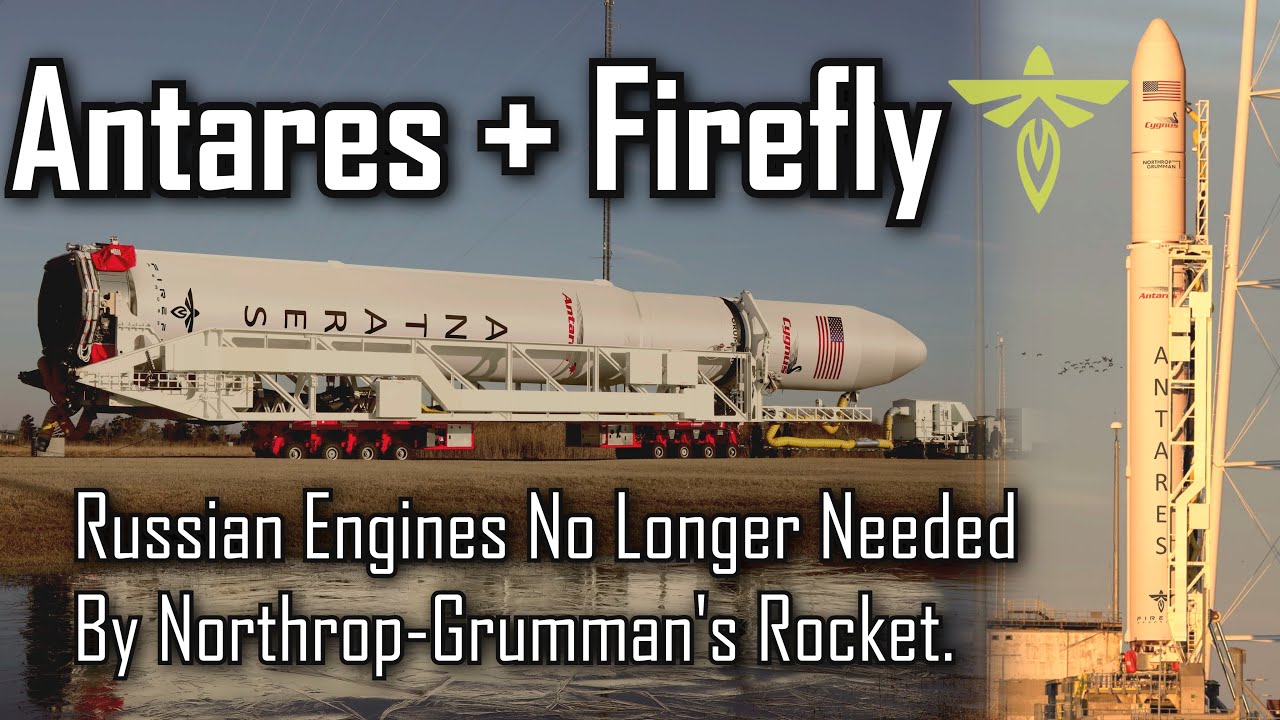In 2008, Orbital Sciences Corporation won a NASA competition to provide commercial cargo services to the International Space Station (ISS), sharing the overall commercial cargo contract with SpaceX. Orbital’s bid specified a rocket called Taurus II, which was renamed Antares in 2011, prior to its first launch.
The rocket is a collection of bits and pieces from all over, flying in close formation. The first stage was a liquid propellant rocket manufactured in Ukraine by the Yuzhnoye Design Bureau and Yuzmash and similar to the Zenit rocket designed and manufactured in the Soviet era by the same organisations. For engines, it used surplus Kuznetsov NK-33 engines originally built to power the Soviet N-1 Moon rocket, which were refurbished by Aerojet in the U.S. and renamed AJ26. The second stage is an Alliant Techsystems (ATK) Castor solid rocket motor originally designed by Morton Thiokol before they changed their name. In 2015 ATK merged with Orbital, forming Orbital ATK, making the second stage an in-house product. The payload is the Cygnus cargo ship, whose cargo module is built by Thales Alenia Space in Italy attached to a service module built by Orbital.
This original version of Antares made its first demonstration cargo flight to the International Space Station in September 2013, and was followed by two operational cargo flights in 2014. Then, on the next flight, this happened.
A lengthy investigation traced the failure to the LOX turbopump in one of the NK-33 engines, but the exact cause was not determined, leading to recriminations between Orbital and the engine supplier. Orbital concluded that, just maybe, using forty year old engines was not such a good idea, and set off to redesign their first stage, being forced to procure Atlas V launches from United Launch Alliance to meet their obligations under the NASA contract, doubtless at a substantial loss.
By October 2016, the redesigned first stage was ready, now equipped with new RD-181 engines manufactured by NPO Energomash in Russia. So now, Orbital had a totally new first stage, built in Ukraine, with Russian engines. The future looked bright, and Orbital, acquired in 2018 by Northrop Grumman and renamed “Northrop Grumman Innovation Systems”, proceeded to launch 11 more of these Antares rockets, so far.
What could possibly go wrong?
With the invasion of Ukraine by Russia and the imposition of sanctions on Russia, Antares lost access to its engines and, with the fate of Ukraine far from clear, also possibly the stage to which they were attached. In August 2022, Northrop Grumman announced it had contracted with Firefly Aerospace to supply an entirely new first stage, built in Texas, USA, similar to Firefly’s in-development Firefly Beta rocket, which will be powered by seven Firefly in-development Miranda engines. None of this hardware has ever flown. Here is what happened the one time Firefly launched their much smaller and simpler Firefly Alpha rocket.
What could possibly go wrong?
The new version of Antares is not expected to fly before the fall of 2024. To fill the gap, Northrop Grumman has bought three Falcon 9 launches from SpaceX to deliver Cygnus to the ISS.

![NASA Antares Rocket Explosion [HD] [FULL]](https://scanalyst.fourmilab.ch/uploads/default/original/2X/4/47d325414b01180f0c369c2127faaa3f23eb680f.jpeg)
